Laminectomy and Discectomy Surgery
Laminectomy is surgery that creates space by removing bone spurs and tissues associated with arthritis of the spine. It usually involves removing a small piece of the back part (lamina) of the small bones of the spine (vertebrae). Laminectomy enlarges the spinal canal to relieve pressure on the spinal cord or nerves. Laminectomy is often done as part of a decompression surgery.

Who Needs Laminectomy and Discectomy Surgery
Individuals who experience chronic back pain, radiating leg pain, numbness, weakness, or tingling due to a herniated disc or spinal stenosis may be candidates for this surgery. If conservative treatments like physical therapy, medications, and injections have not provided sufficient relief, and if the symptoms are significantly affecting daily life, a surgical approach may be recommended.
When to See a Specialist
If you are experiencing persistent and debilitating back or leg pain, and if your symptoms are affecting your ability to perform daily activities, it’s advisable to consult a spine specialist. They will assess your medical history, conduct a physical examination, and review imaging tests (MRI or CT scans) to determine if you are a suitable candidate for this surgery.
Procedure
- Preoperative Assessment: Your medical history, physical examination, and diagnostic imaging are thoroughly reviewed to determine the exact location and severity of the spinal issue.
- Anesthesia: General anesthesia is administered to ensure you are comfortable and pain-free during the surgery.
- Laminectomy: The surgeon makes an incision over the affected area of the spine and removes a portion of the lamina to create more space for the nerves and spinal cord.
- Discectomy: If a herniated or damaged disc is present, the surgeon carefully removes the affected portion of the disc to relieve pressure on the nerves.
- Nerve Root Decompression: If needed, the surgeon will perform additional decompression to ensure the nerves are no longer compressed or pinched.
- Incision Closure: The incision is closed using sutures or staples, and a sterile bandage is applied.
Road to Recovery
Recovery after laminectomy and discectomy surgery varies based on the extent of the procedure. Most patients are able to return home within a day or two after surgery. Physical therapy and gradual resumption of activities are recommended to regain strength and flexibility.
Risk Management
Like any surgical procedure, there are potential risks, including infection, bleeding, nerve damage, blood clots, and anesthesia-related complications. Your surgeon will discuss these risks with you and take precautions to minimize them.
Benefits of Laminectomy and Discectomy Surgery
- Pain Relief: The surgery aims to alleviate chronic back and leg pain caused by nerve compression.
- Improved Mobility: By relieving pressure on the nerves, the surgery may improve your ability to walk and move without pain.
- Enhanced Quality of Life: Reduction in pain and improved mobility can significantly enhance your overall quality of life.
Frequently Asked Questions
How long will it take to recover?
Recovery times vary, but most patients can return to light activities within a few weeks and gradually resume more strenuous activities over the following months.
Is the surgery minimally invasive?
Depending on the specific case, the surgery can be performed using minimally invasive techniques, which often lead to smaller incisions and faster recovery.
Will I need physical therapy after surgery?
Yes, physical therapy is typically recommended to help you regain strength, flexibility, and proper spinal alignment.
Are there any long-term restrictions after surgery?
Your surgeon will provide specific guidelines for post-operative care and activities to avoid during the recovery period.
What is the success rate of this surgery?
Success rates are generally high, with many patients experiencing significant pain relief and improved quality of life. Your surgeon can provide more information based on your individual case.
Treatment Plans
- Trauma & intensive care $59
- Aged Care $29
- Community Services $25
- Diagnosis & Investigation $48
- Medical & Surgical $82
- Mental Health $74
- Rehabitation $24
- Specialised Support Service $19
- Trauma & intensive care $59
- Aged Care $29
- Community Services $25
- Diagnosis & Investigation $48
- Medical & Surgical $82
- Mental Health $74
- Rehabitation $24
- Specialised Support Service $19
Treatians As The Best Choice
Treatians understand that seeking medical treatment abroad can be a daunting experience for patients and their families. That’s why the company offers end-to-end support to its clients, from the initial consultation to post-treatment care. The company provides personalized treatment plans that are tailored to meet the individual needs of each patient, and its team of dedicated professionals is always on hand to provide guidance and support throughout the entire process. Contact us at +91- 7982312582, drop your email [email protected]
- Trauma & intensive care
- Aged Care
- Community Services
- Diagnosis & Investigation
- Medical & Surgical
- Mental Health
- Rehabitation
- Specialised Support Service
Service Recipient Says













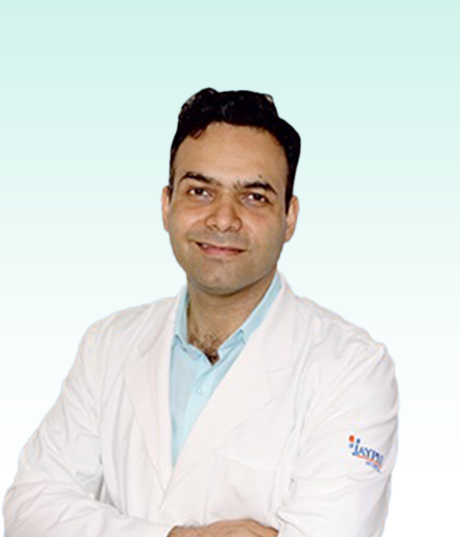
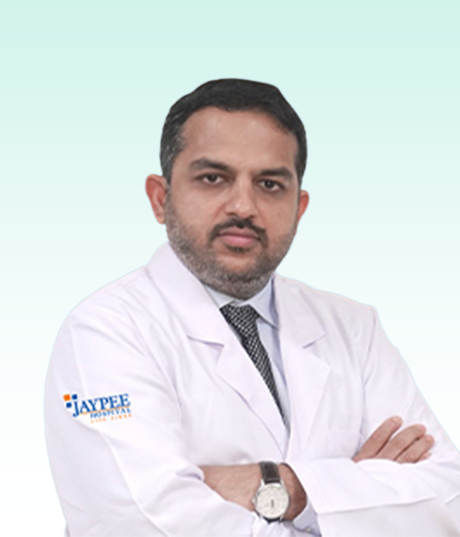
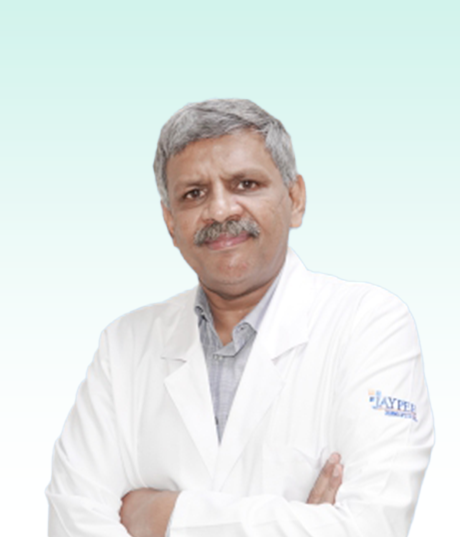
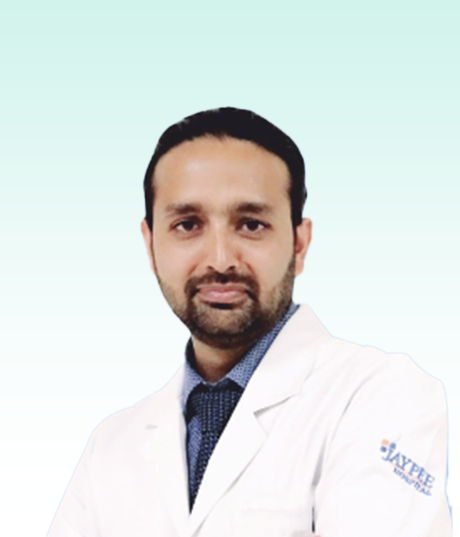
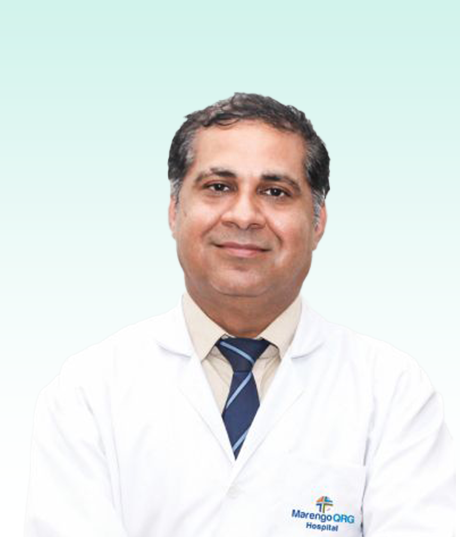
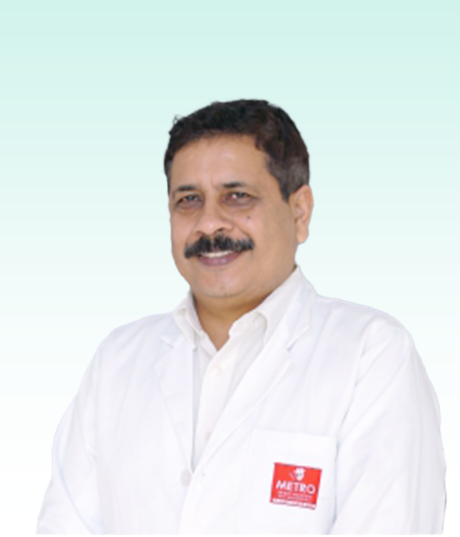






Treatians was our first choice for my father's kidney treatment and we are happy that they were with us. They have a good team.
Nargis Bangladesh